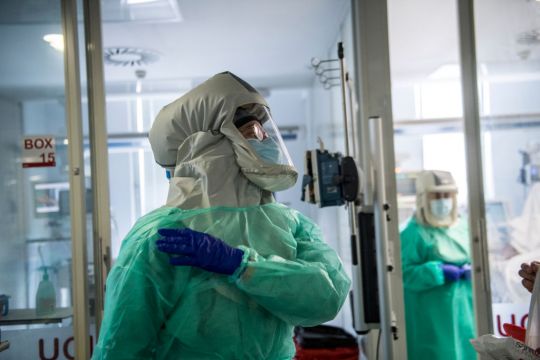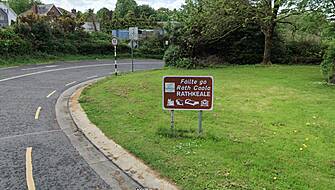19 per cent of Covid-19 cases were responsible for 80 per cent of local transmission according to a report published by HIQA today.
A study cited found that 69 per cent of cases identified did not transmit to anyone, suggesting a small minority of cases were leading to the majority of local transmission.
The report also highlighted the important distinction between controlled and uncontrolled environments, indicating that settings such as schools have a reduced risk of transmission as they are supervised, with public health measures being implemented accordingly.
It adds that Irish schools have recorded relatively few clusters, accounting for 2 per cent of the total number of clustered reported.
Uncontrolled settings such as households account for the majority of clusters, both in Ireland and internationally, which also emphasises the high risk of transmission when the virus gets into a home.
The secondary attack rate (SAR) of Covid-19 in households is 18.1 per cent according to the report, while the SAR rate in healthcare settings is less than 1 per cent.
Indoor settings
Dining, drinking and exercising, especially in indoor, crowded environments have also been associated with an increased risk of transmission, in addition to nursing homes, hospitals, meat and food processing plants and large shared accommodation, some of which were also linked to superspreading events (SSEs).
The report reiterated that the virus thrives in indoor settings and is facilitated by crowds and 'prolonged and intense contact with others'.

Other important factors include the quality of ventilation, speaking volume (shouting has been shown to spread respiratory droplets) and the use of face coverings.
While the report acknowledges the risk of transmission is greatly reduced in outdoor settings, it also points out that clusters have been observed in such environments, particularly when such gatherings are large and social distancing is not maintained.
The report concludes by suggesting that a greater emphasis should be placed on communicating how the risk of transmission increases in certain settings, the importance of adhering to self-isolating guidelines and also the need for infection prevention and control (IPC) measures which can mitigate the risk of transmission.







